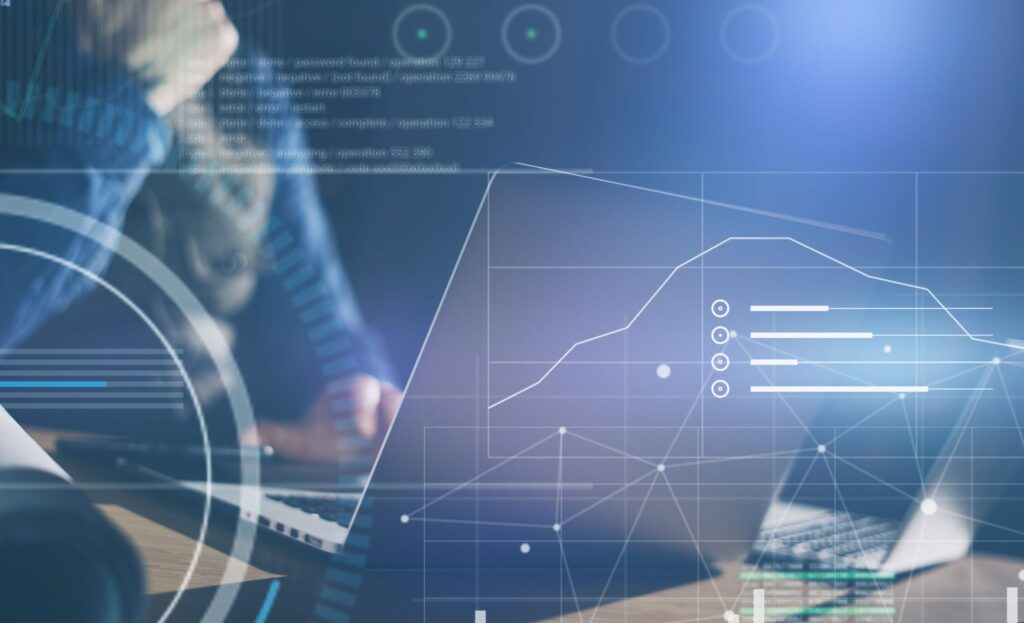Autonomous vehicle technology is revolutionizing transportation systems, offering cars that can operate safely and effectively without human intervention. These vehicles rely on cutting-edge technologies, including computer vision, to perceive and understand their surroundings. By using cameras and sensors, autonomous cars can make quick decisions and navigate various road conditions.
Computer vision plays a crucial role in enhancing autonomous vehicles. Object detection models, data processing with LiDAR devices, scene analysis, and route planning are all key components of this technology.
Evolution of Autonomous Vehicles
Over the years, advancements in technology have led to the development of autonomous vehicles. From early electronic cruise control systems to the introduction of computer vision methods for vehicle detection and tracking, the timeline of autonomous vehicle development highlights significant milestones.
Here is a brief overview of the timeline:
- 1971 – Electronic cruise control system
- 1990 – Adaptive cruise control (ACC) system
- 2008 – Automatic Emergency Braking (AEB) system
- 2013 – Introduction of computer vision methods for vehicle detection
- 2014 – Launch of Tesla’s first autonomous vehicle
- 2015 – Algorithms for vision-based vehicle detection and tracking
- 2017 – Publicly available data sets for autonomous driving
- 2019 – 3D object detection methods for autonomous vehicles
- 2020 – LiDAR technologies for autonomous driving
- 2021 – Deep learning methods for object detection
Key Computer Vision Methods in Autonomous Vehicles
Autonomous vehicles rely on a combination of sensors, cameras, and intelligent algorithms to navigate safely. Computer vision models act as the eyes of the vehicle, capturing images of the surrounding environment. Machine learning algorithms serve as the brain, analyzing sensor data and making decisions based on the information gathered.
Object Detection
Object detection is essential for self-driving cars to identify and differentiate between various objects on the road. By using cameras and sensors, vehicles can detect cars, pedestrians, road signs, and obstacles in real-time. Advanced computer vision techniques enable accurate and speedy object recognition.
Researchers have developed innovative approaches for object detection, such as unified frameworks for detecting cyclists and pedestrians, sensor fusion methods for urban environments, and lightweight vehicle detectors for real-time applications.
Object Tracking
Object tracking is crucial for predicting the movements of objects detected by autonomous vehicles. Algorithms like Deep SORT use deep learning to enhance tracking precision and assist in path planning and collision avoidance.
By tracing the paths of objects in real-time, self-driving cars can anticipate and respond to changes in traffic patterns, particularly in complex environments like traffic jams.
Semantic Segmentation
Semantic segmentation allows autonomous vehicles to understand and interpret their surroundings by categorizing each pixel in an image. Deep learning techniques have improved the accuracy and efficiency of semantic segmentation, enabling vehicles to make informed decisions based on detailed scene analysis.
Real-time semantic segmentation involves scene comprehension and visual signal processing, enabling vehicles to categorize pixels and understand their environment effectively.
Sensors and Datasets
Cameras
Cameras are commonly used for detecting visible light and providing two-dimensional information for lane and object detection. While cameras are cost-effective, they may be limited by weather conditions and data volume.
LiDAR
LiDAR technology uses laser light pulses to measure distances accurately and create high-resolution maps. However, LiDAR can be expensive and generate large amounts of data, making real-time processing challenging.
Radar and Ultrasonic Sensors
Radar and ultrasonic sensors offer alternative methods for detecting objects and measuring distances. Radar systems excel in adverse weather conditions, while ultrasonic sensors are widely used in anti-collision systems.
Data Sets
Benchmark data sets are essential for training and evaluating computer vision algorithms in autonomous vehicles. Researchers have compiled various data sets for perception tasks, providing valuable resources for engineers working on autonomous driving systems.
Future of Autonomous Vehicles
As artificial intelligence continues to advance, autonomous vehicles will become more intelligent and capable. However, challenges related to safety, reliability, public trust, and smart city integration must be addressed to ensure the widespread acceptance of autonomous technology.
Frequently Asked Questions
Q1: What systems for assisted driving were predecessors of autonomous vehicles?
Advanced driver assistance systems (ADAS) and automated driving systems (ADS) served as predecessors to autonomous vehicles.
Q2: Which computer vision methods are crucial for autonomous driving?
Object detection, object tracking, and semantic segmentation are essential computer vision methods for autonomous driving systems.
Q3: What devices enable the sensing of the environment in autonomous vehicles?
Cameras, LiDAR, radars, and ultrasonic sensors are used in autonomous vehicles to sense the surrounding traffic and objects.
Q4: Which factors affect the broader acceptance of autonomous vehicles?
Safety, reliability, public trust, and smart city integration are key factors that influence the widespread acceptance of autonomous vehicles.



